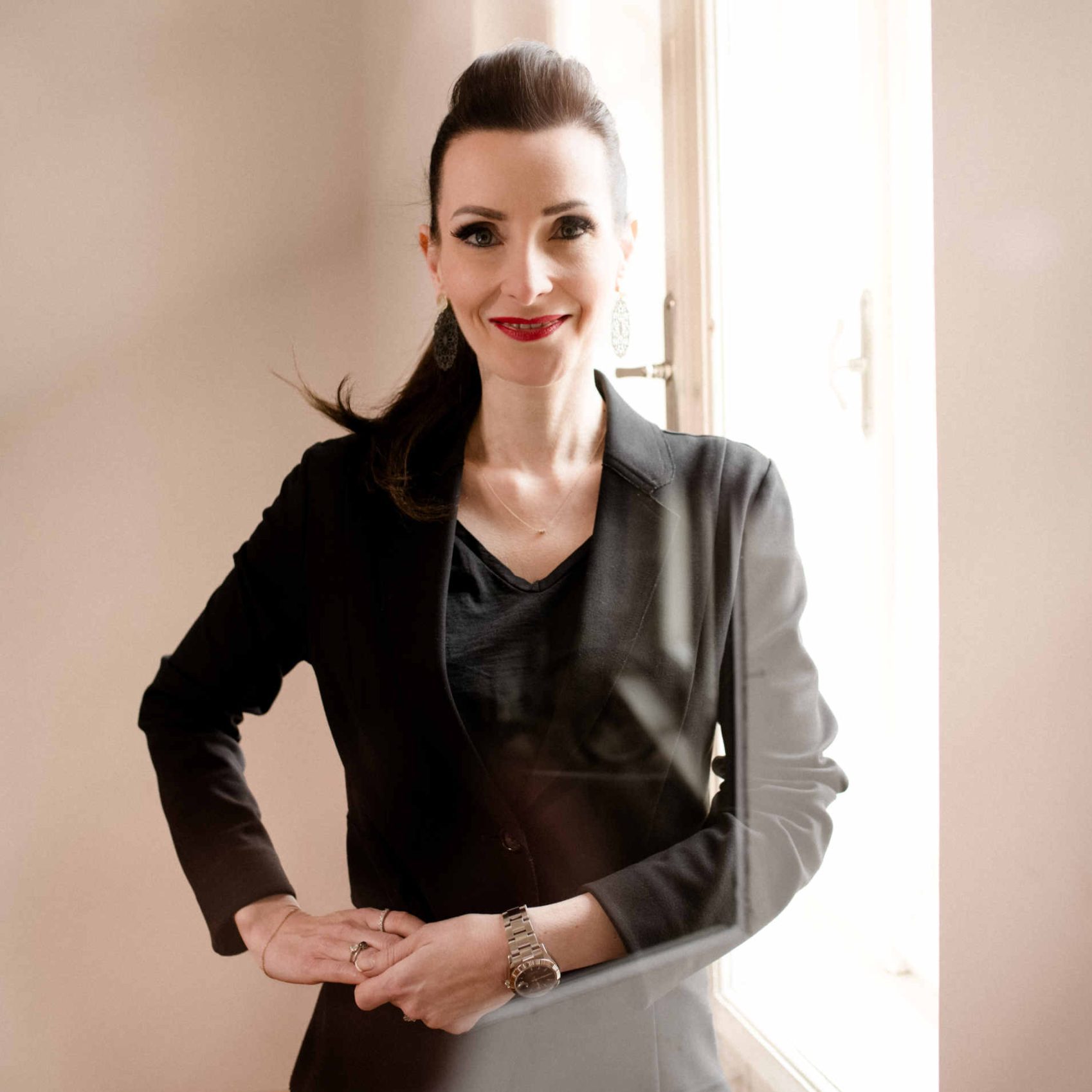
Austrian spending on gastronomy is reaching historic heights in 2024. What does this mean for the gastronomy and food retail sectors? Explore the numbers, insights, and lessons for the future.
Recent data from RegioData Research highlights a profound shift in Austrian spending priorities. With 37% of total food expenditures now directed toward gastronomy, the sector has reached a new peak - a figure that underscores a growing appreciation for dining experiences outside the home. Forecasts suggest this share could climb further to 38% by the end of 2024.
Looking back, the dynamics of this trend become clear: Ten years ago, gastronomy accounted for just 29% of food expenditures. Despite the setbacks of the pandemic, this trend has not only recovered but accelerated. The boom reflects a deep-seated desire among consumers for culinary experiences and social interaction.
Today, Austrians spend an average of €1,515 per year on dining out - nearly double the €760 spent in 2013. This expenditure is distributed as follows:
Additionally, the average Austrian spends about €330 per year on workplace or school canteen meals. These figures underscore the high value placed on gastronomy, both in leisure settings and functional contexts.
While the gastronomy sector thrives, food retail remains reliant on more traditional structures. The online share of Austria’s food market stagnated at 2.8% in 2022 and is expected to remain below 3% in 2024, setting Austria apart from its European neighbors.
Key reasons for this stagnation include:
Despite these barriers, durable goods such as wine, beverages, and specialty items dominate the online segment. In response, many brick-and-mortar retailers have established their own online shops, suggesting a gradual increase in online market share in the future.
For hoteliers and restaurateurs, these developments offer valuable insights:
The numbers are clear: Austrians are investing in gastronomic experiences more than ever. For the gastronomy sector, this signifies not only growth but also an opportunity to establish itself as a central pillar of culinary culture.
The challenge lies in continuously exceeding guest expectations. Whether through creative menus, sustainable practices, or exceptional service, gastronomy has the potential to position itself as a driving force in the transformation of dietary culture.
Looking ahead, innovation and adaptability will remain crucial. Those who can identify trends and respond to evolving guest needs will not only thrive but also set new benchmarks for the industry.

From gut health to alcohol-free enjoyment, from AI-supported shopping planning to viral food hypes: Austrian online supermarket Gurkerl.at sees four megatrends that will permanently change the food and beverage industry in 2026. Head buyer Nina Gerhardt explains why consumption is no longer just about price and availability – but about lifestyle, well-being, and digital intelligence.
When culinary excellence becomes an ecological statement—and top chefs take responsibility: Sustainability doesn’t end with packaging—it begins with product selection. This is impressively demonstrated by the Relais & Châteaux association, which, with over 580 member establishments, is considered the world’s largest gourmet community. Together with the NGO Ethic Ocean, it has launched an initiative that could not be more consistent: its chefs are committed to removing endangered fish and seafood species from their menus until stocks have recovered.


Austrian spending on gastronomy is reaching historic heights in 2024. What does this mean for the gastronomy and food retail sectors? Explore the numbers, insights, and lessons for the future.